How our yoga students deal with illness and the four steps we can follow to help them through

As yoga teachers and yoga therapists, we often encounter students who have been recently diagnosed with some life-altering illness or haven’t figured out a way to effectively deal with their ongoing health challenges. It can be useful to look at their perception of their challenges through the lens of the Four Brian Characters, described by Dr. Jill Bolte Taylor in her book Whole Brain Living: The Anatomy of Choice and the Four Characters that Drive Our Life. Dr. Taylor uses the image of the Four Characters to describe specific clusters of cells within our brains that process the same incoming information but react to it in different ways depending on where the cells are located in the brain: the thinking or the emotional part, in the right or the left brain hemisphere. We perceive our bodies, the world around us, and our health challenges differently depending on which character is running the show. The actions we choose to take to manage our health challenges depend on those perceptions.
When the student experiences emotional distress in connection to their health issues, it usually comes from their left emotional brain, or Character 2. Descending deep into Character 2 makes us numb, anxious, worried, frustrated, or angry, which are just different manifestations of existential fear. It’s impossible to effectively deal with our challenges when we are in that state. Today let’s discuss how different characters deal with illness, who is best at managing it, and why it matters in our work with yoga students.
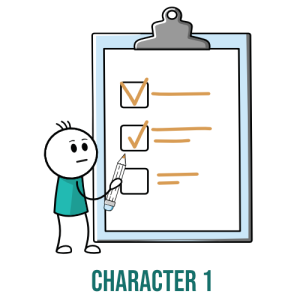 Character 1s (thinking part of the left brain) take matters into their own hands and are very proactive in managing their disease. “The diagnosis becomes their full-time job, so they assess the problem quickly, learn everything there is to know about it, and then manage the situation with absolute precision.” (1) They want the best doctors, the latest treatments, and the most direct path to the solution. They follow the doctors’ orders and work the designated program; they are willing to make big changes in their lifestyles to regain their health.
Character 1s (thinking part of the left brain) take matters into their own hands and are very proactive in managing their disease. “The diagnosis becomes their full-time job, so they assess the problem quickly, learn everything there is to know about it, and then manage the situation with absolute precision.” (1) They want the best doctors, the latest treatments, and the most direct path to the solution. They follow the doctors’ orders and work the designated program; they are willing to make big changes in their lifestyles to regain their health.
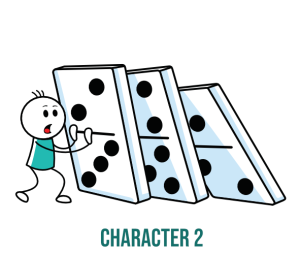 Character 2s (emotional part of the left brain) get overwhelmed and paralyzed with fear when faced with an illness. They either stick their head in the sand and avoid doing anything or imagine the worst possible scenario and constantly psych themselves up about it. They do not want to make any significant changes to their routine and would rather fret, complain, and shift the responsibility to someone else than be proactive. They use their aches and pains as an excuse not to do anything more and focus on what they cannot do rather than what they can do.
Character 2s (emotional part of the left brain) get overwhelmed and paralyzed with fear when faced with an illness. They either stick their head in the sand and avoid doing anything or imagine the worst possible scenario and constantly psych themselves up about it. They do not want to make any significant changes to their routine and would rather fret, complain, and shift the responsibility to someone else than be proactive. They use their aches and pains as an excuse not to do anything more and focus on what they cannot do rather than what they can do.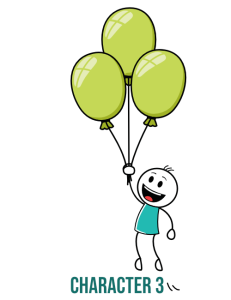
Character 3s (emotional part of the right brain) tend to treat everything as “no big deal.” They will put in the minimum effort required to deal with a problem and find their way around everything else. They will take unnecessary risks and comply with doctors’ orders only when it’s fun and convenient. They prefer to conquer the problem through a team effort, so they are likely to join a support group and find other ways to collaborate.
Character 4s (the thinking part of your right brain) prefer the holistic approach. They will visit all kinds of alternative healthcare professionals to view their challenges from various angles. 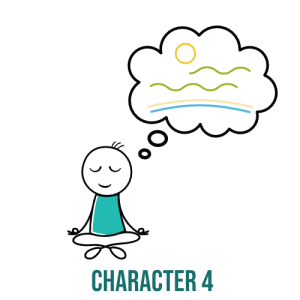 They believe in movement, meditation, breathing exercises, organic foods, and other natural remedies to manage their health. They will transform their lives to find a healthy balance between work, family, play, friends, and spirituality. They will use their illness as a learning opportunity. They will get on board with traditional medical providers to deal with an acute health problem and then veer toward alternative long-term solutions. They understand the power of prevention and ongoing wellness management.
They believe in movement, meditation, breathing exercises, organic foods, and other natural remedies to manage their health. They will transform their lives to find a healthy balance between work, family, play, friends, and spirituality. They will use their illness as a learning opportunity. They will get on board with traditional medical providers to deal with an acute health problem and then veer toward alternative long-term solutions. They understand the power of prevention and ongoing wellness management.
When confronted with a life-altering diagnosis, most of us initially revert to our Character 2 simply because the situation is new, disorienting, and uncertain. If we get stuck in our Character 2 state, it will be very difficult to manage our health challenges unless another person with a strong Character 1 steps in and takes charge. But since another person can only do so much to help us, sooner or later, we have to figure out our own path forward.
Generally speaking, when dealing with health challenges in ourselves and our students, we need to follow these four steps:
- Comfort Character 2 and validate their experience
- Get in touch with Character 4 for their nurturing powers and bird’s eye view of the situation
- Bring forward Character 1 to manage our condition and make informed decisions
- Decide on the support system we need to move forward.
When we try to help our friends or our students along this process, it is often tempting to jump straight to the “let’s fix it” stage (which is the attitude of Character 1) while skipping steps 1 and 2. This usually doesn’t work. We cannot get past the existential concerns of Character 2 unless we hear them, validate them, and emphasize with them.
Step 1. We comfort and validate Character 2 by listening to the student attentively, asking detailed follow-up questions, not pretending to know it all, and expressing genuine empathy toward their experience. This might take a while, especially if Character 2 felt disregarded before. Once Character 2 feels heard and validated, they can begin to relax and settle, creating space for other Characters to step in.
Step 2. Once that shift happens, we can call on Character 4 by shifting student’s attention to what’s going well in their life and gives them joy and comfort. We can talk about things that make them light up, feel grateful, and appreciate what they do have. We try to look at the big picture and encourage them to view their problem as a small, manageable part of an otherwise full and rich life.
Step 3. After Character 4 has given us perspective, we can deploy Character 1 to discuss specific ways to address the problem at hand. We can discuss what they’ve learned from the experience so far and what kind of strategies they’ve tried that seemed to work. It is best to let the student take the lead in exploring potential ways to address their problem and offering fine-tuning suggestions along the way. After connecting to their Character 4, most students will have a pretty good idea of what works for them and what doesn’t; our job is to select the appropriate yogic tools to support whichever course of action they feel they need to take.
Step 4. Once the course of action is decided upon, we need to figure out what kind of support system the student needs to stick with the program.
- If the student has a strong Character 1, they could work on their yoga program by themselves with occasional check-ins and course corrections if necessary. They just need precise instructions and some sort of visual aid to get them going.
- If the student tends to lean into their Character 2, they might need more ongoing support and guidance. One-on-one sessions would work well to ensure that the student’s concerns are expressed and validated regularly. A student like that will require more support and supervision along the way to help them stick to the program and do their part.
- If the student tends to embrace their Character 3, they might benefit more from group activities, like classes, workshops, therapeutic group work, and so on. They will get more validation and support when surrounded by other people and feel like a part of the community. That way, they are more likely to stick with their program.
- If the student tends to reside in their Character 4, they will likely embrace whatever you offer them but might get distracted by other promising options. Character 4s have a tendency to try many different modalities at once or float from one alternative healthcare practitioner to the next, which can make it challenging to evaluate the effectiveness of their yoga program. You might have to ask them to limit the number of things they do for a certain period of time to get a better idea of what works.
Some people intuitively move through the above steps to manage their health and other challenges, and others find it difficult to step beyond their fears and anxieties. This is where the guidance of an experienced yoga teacher/ therapist can be so valuable.
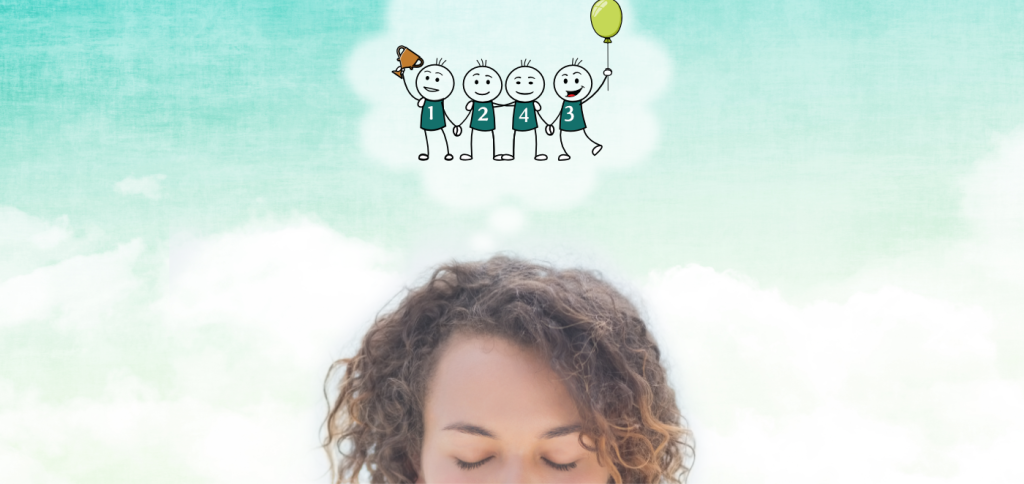
How to do the Brain Huddle to bring all four characters together and find inner peace
References
- Whole Brain Living: The Anatomy of Choice and the Four Characters That Drive Our Life by Jill Bolte Taylor (affiliate link)




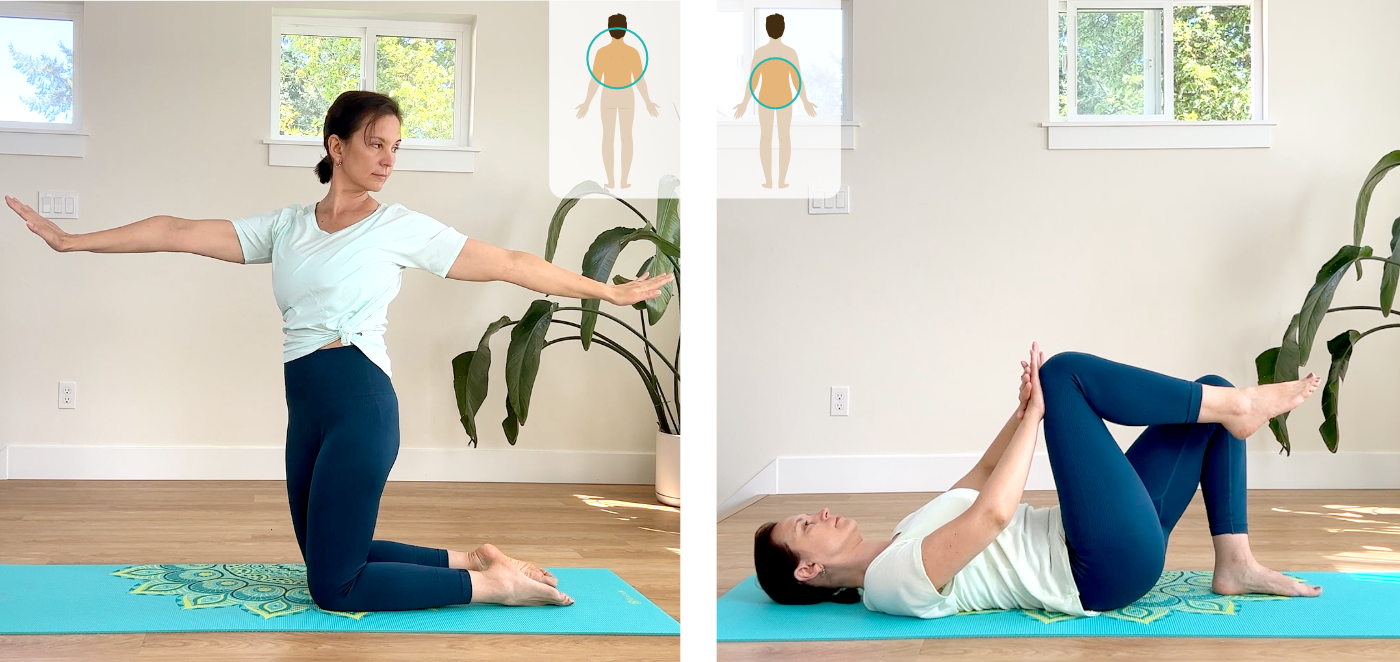
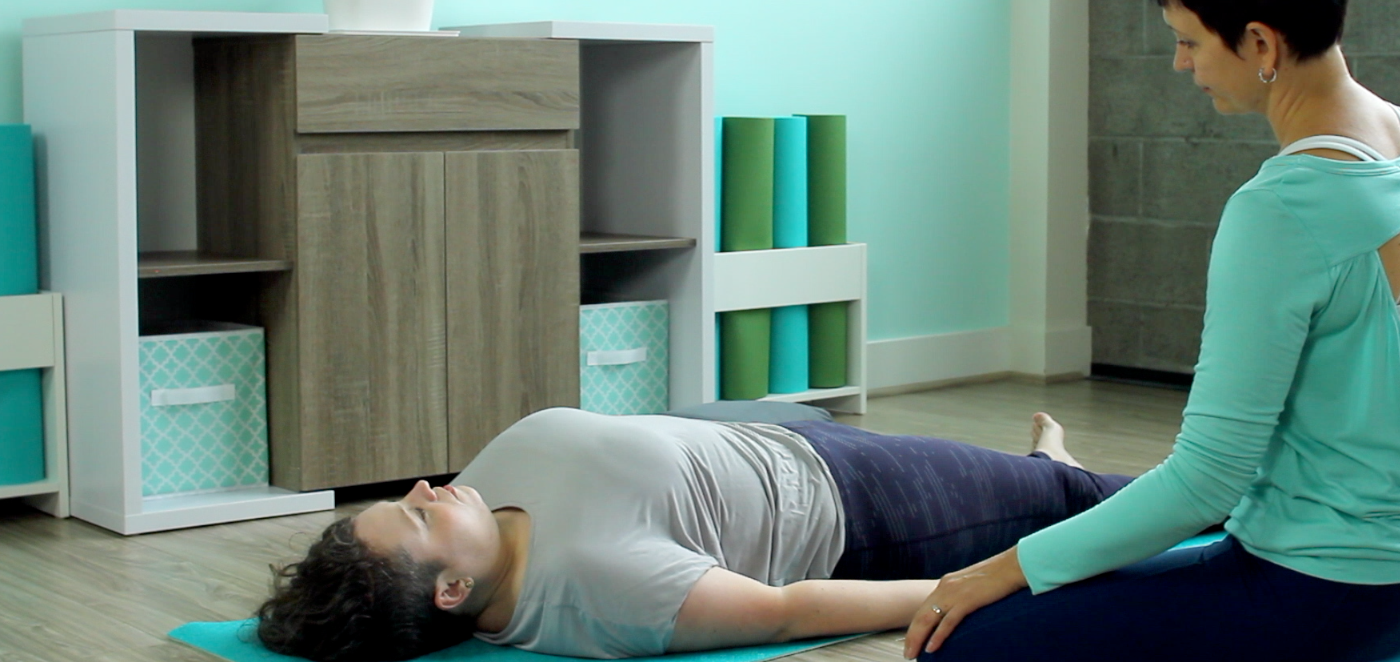

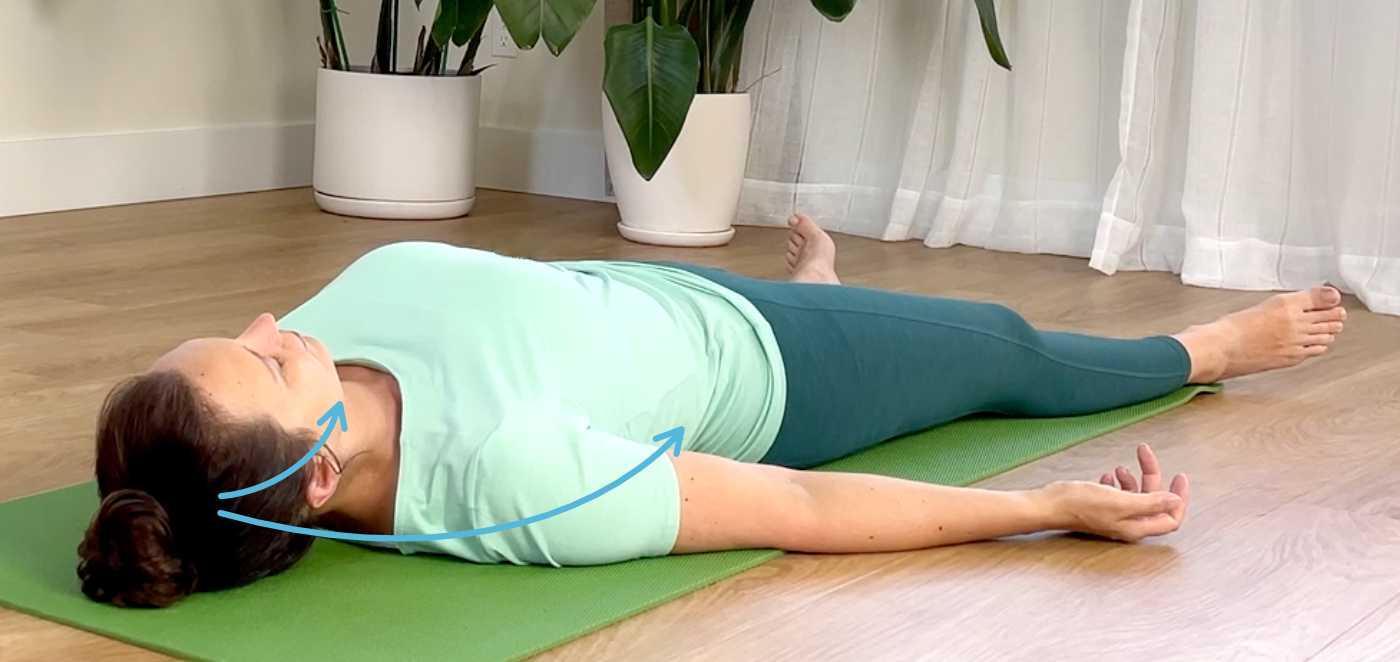
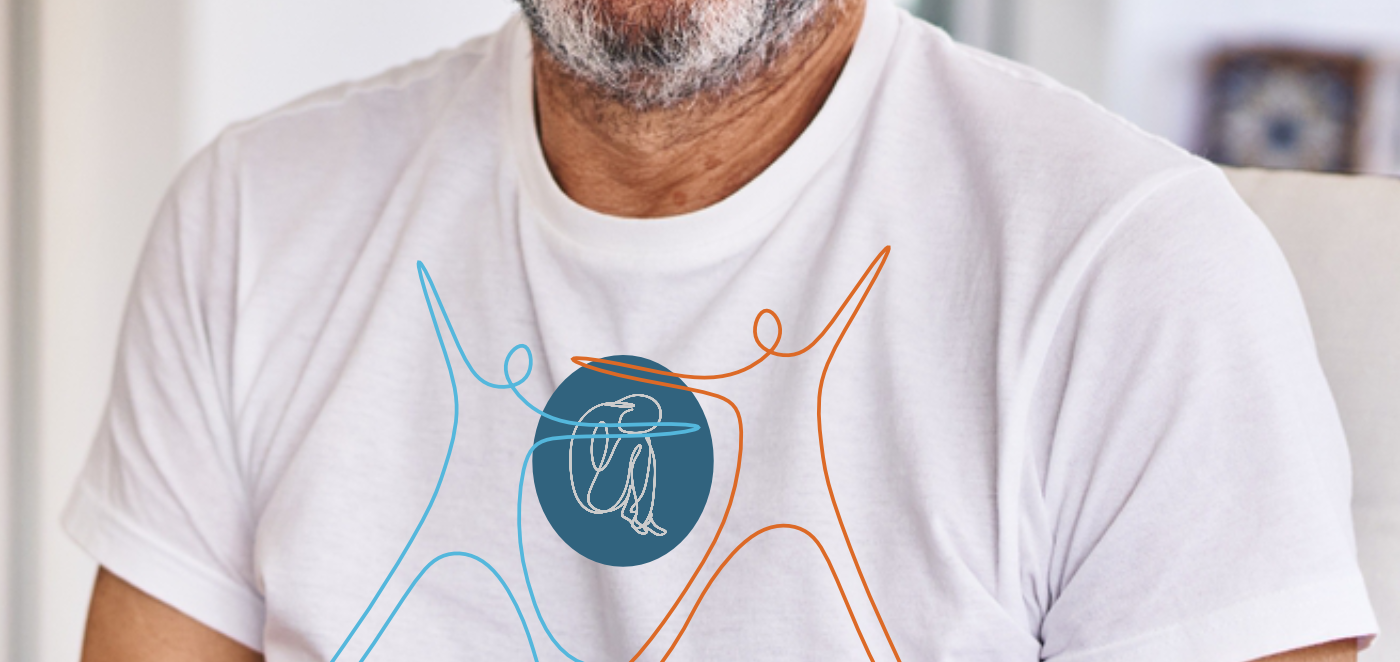
Thanks!